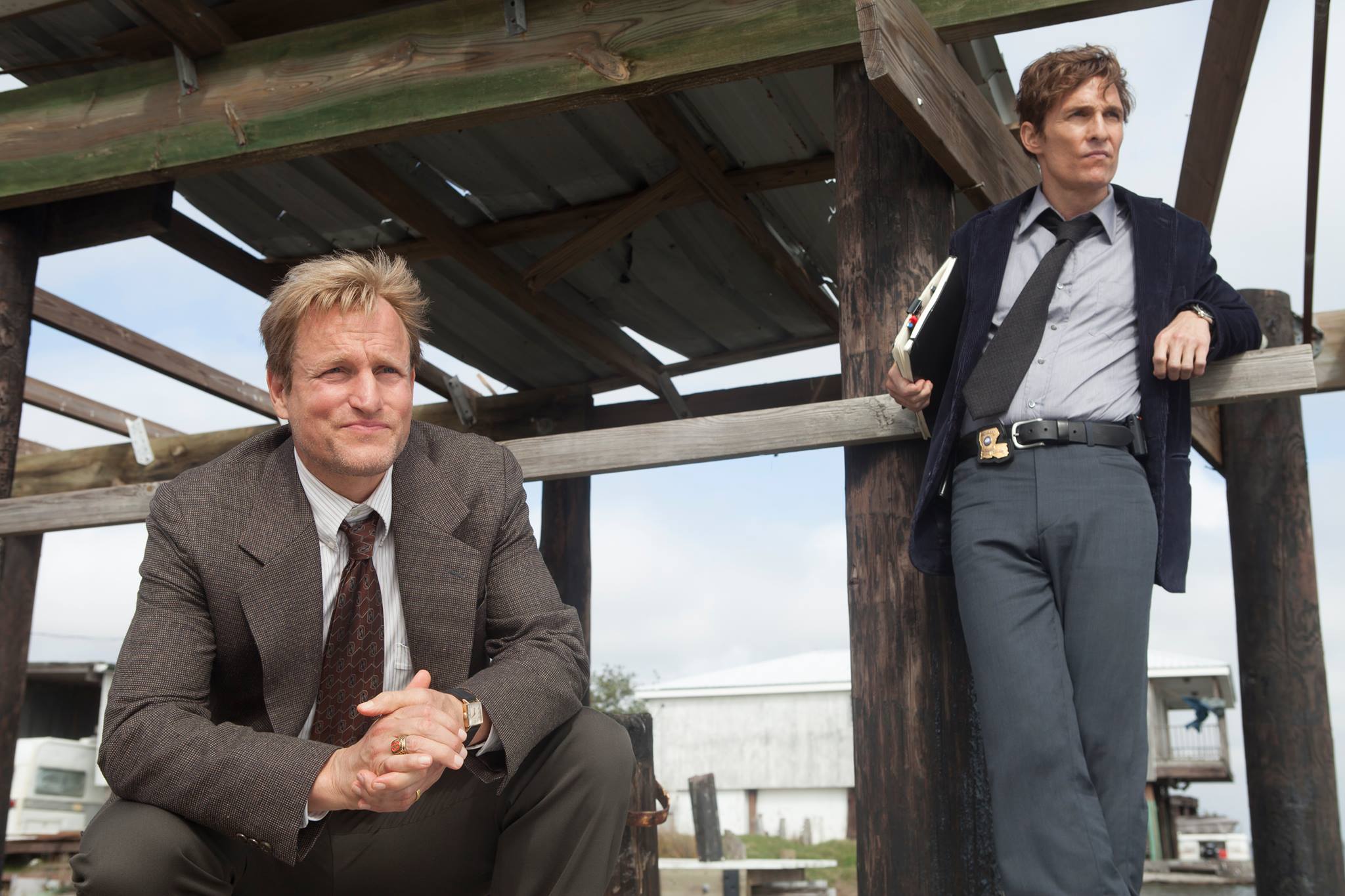With only one episode left, Nic Pizzolatto’s HBO drama “True Detective” has a multitude of questions to answer and an average of 10.9 million viewers to please, according to The Hollywood Reporter. With the finale looming overhead, it could be useful to explain to the uninitiated just why they should watch the tour de force that is “True Detective.”
A huge draw for many non-television viewers is the show’s star power. Both Woody Harrelson and Matthew McConaughey have committed to eight episodes — and only eight episodes.
Despite the short tenure, it’s still a rare thing for Hollywood big shots to be caught in a non-cameo, non-guest spot in a television series.
“True Detective” was able to secure the two well-casted actors solely due to its anthology format. Each season will tell a distinct tale, unconnected to the previous, and with new actors; this is unlike FX’s anthology series American Horror Story, which reuses actors in different roles.
“No, I won’t be back for season two,” McConaughey said at the Academy Awards interview session. “Season one was finite.”
By using such a brief format, Pizzolatto has the power to entice other big name stars with a one season-long commitment to flock to his show, in the same way Harrelson and McConaughey did.
Another reason for the show’s success is the amount of creative control Pizzolatto possesses over it. Unlike even the greatest of other television dramas, including “LOST,” “Breaking Bad” and “The Sopranos,” “True Detective” only has a single writer and a single director holding the reins. With such a streamlined method, it wouldn’t be a stretch to say that this show operates similarly to how a film is made, reflecting its highly cinematic nature.
Powerful attention to detail is present in the series, none more evident than in the fourth episode, “Who Goes There.” The first half of the episode is a slow burn, indicative of the whole series, until around the halfway point, when Rustin Cohle (McConaughey) snorts a line of cocaine.
Though the episode doesn’t draw overt attention to it, the pacing picks up considerably, reflecting the altered mental state that results from cocaine use. It’s a small detail, hardly noticeable for viewers, but from a filmmaker’s perspective, the adjustment was a conscious decision and one that has been rewarded by audiences.
As advertised, the show promotes dark twists and turns, but the end product betrays viewer expectations (in the best possible way) by spending far less time presenting fast-paced excitement, and more time reflecting on human nature.
“There are occasional thrills,” A.V. Club writer Todd VanDerWerff says, “but they’re subordinate to the philosophical musing.”
Marty Hart (Harrelson) acts as the lens through which the audience views Cohle’s nihilistic introspection. The show’s themes of human nature, men’s mistreatment of women and children, and the cyclical pattern of life’s events are all tied together poetically and meticulously.
The first season of True Detective may be ending soon, but it would be far too unfortunate for viewers not to give it the attention it deserves, now rather than later.





Pingback: HBO’s newest drama sets itself apart | Habitually Creative